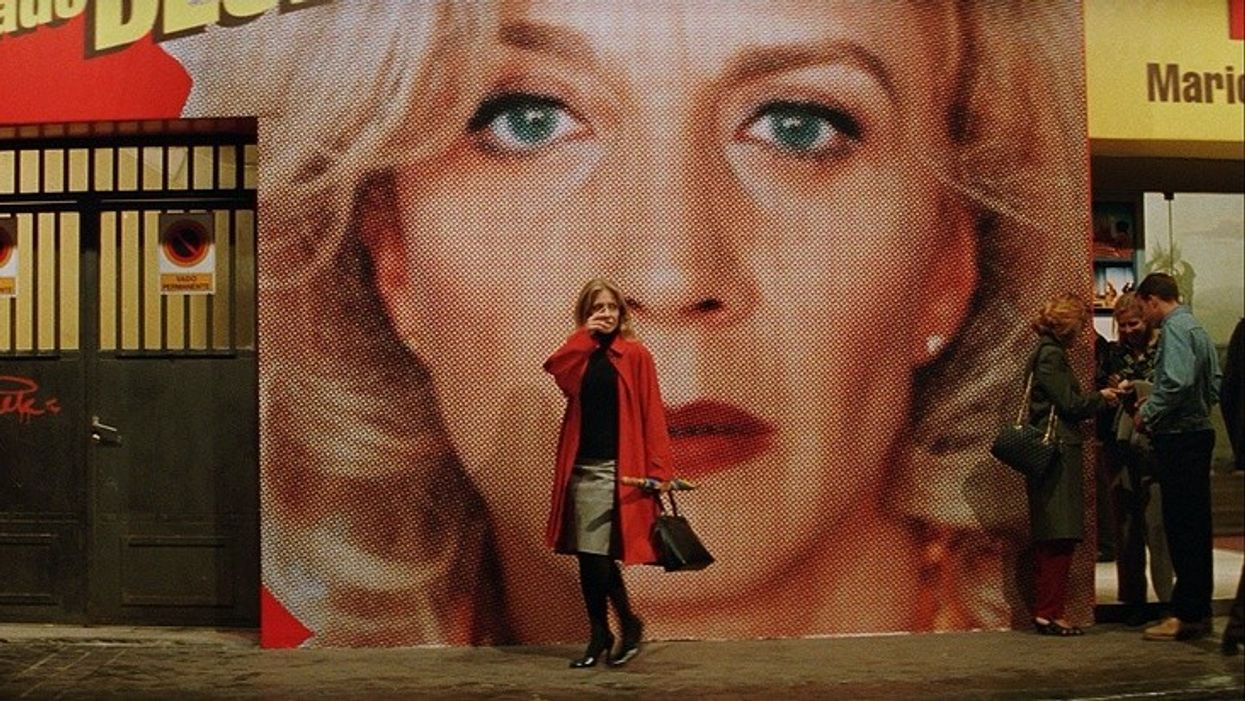5 Filmmaking Lessons to Learn From Pedro Almodóvar
Learn from one of the most daring and stylized filmmakers out there.

Films that are daring in their form, visuals, and subject matter are the most exciting for me to watch. So it's no surprise that I have a great appreciation for the great Spanish filmmaker Pedro Almodóvar, and I am not alone. Other filmmakers and actors, like Pedro Pascal, Ethan Hawke, Guillermo del Toro, Wong Kar-wai, Gaspar Noé, and Todd Haynes.
Almodóvar is well known for his bold and colorful visual style, his focus on female characters, and his exploration of complex themes. His films are not for the faint of heart as they often deal with taboo subjects and challenge traditional notions of gender and sexuality. Some of his well-known and most celebrated films include Women on the Verge of a Nervous Breakdown, Talk to Her, and The Skin I Live In.
Almodóvar's importance to modern cinema cannot be understanded. He challenges boundaries and conventions, pushing the needle forward about what stories should and shouldn’t be told through the visual medium. There is beauty in the horrors of Almodóvar's worlds, and there is so much that filmmakers like us can learn from him.

5 Filmmaking Tips from Almodóvar
The highly influential and acclaimed Spanish filmmaker has a sense of flare to his work that is daring, exciting, and revolutionary for filmmakers at every level in their careers. Here are five filmmaking tips we learned from Almodóvar.
Embrace your unique style: There is only one you, so lean into your perspective of the world you want to create. Almodóvar has a highly distinctive visual style that is characterized by bright colors, bold patterns, and visually stunning compositions. He is not afraid to experiment with different techniques to establish is his artistic world, and neither should you. As filmmakers, it’s important to embrace your unique style and take those necessary risks to create something truly original.
Use color to convey emotion: Film is a visual medium for a reason, so utilize color to help convey emotional or thematic meaning in your film. Almodóvar uses color to bring out another layer to the film by forcing the audience to pay attention to how loud the colors are on screen. You don’t have to use colors as loudly as he does, but pay attention to the use of color in your work.
Experiment with narrative structure: All of our favorite filmmakers love to play with traditional linear story structure, and Almodóvar is no different. Known for his non-linear narratives, which often play with time and memory in interesting ways, Almodóvar wants to create a narrative puzzle that the audience must piece together over time to truly understand the motives of each character. As filmmakers, be open and willing to experiment with different narrative structures and find creative ways to tell your story.
Focus on character: Complex and multidimensional characters are a vital part of any great film. Almodóvar will often take the time to explore the inner lives of these characters in great detail to develop empathy and understanding between his characters and the audience. As filmmakers, it's important to understand the audience and character relationship. You can achieve this by striving for depth and nauseous in your portrayal of the human experience.
Collaborate with your actors: Almodóvar has a reputation for being an actor’s director for good reasons. He is known for creating a collaborative and supportive atmosphere on set, and for working closely with his actors to create a fully realized and nuanced performance. Building a strong relationship with the cast will allow the actors to do their best work, which will allow the audience to see the full depth of your story.

By embracing your unique style, using color to convey emotion, experimenting with narrative structure, focusing on character, and collaborating with your actors, you too can learn valuable directing lessons from Almodóvar and create something truly original and groundbreaking.
What is your favorite filmmaking aspect of Pedro Almodóvar? Let us know in the comments below!











